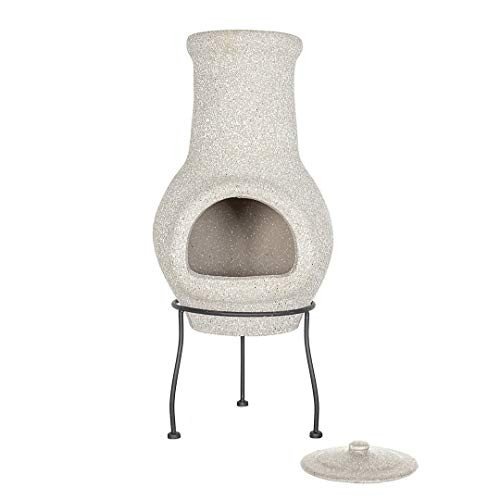Chimineas are a fantastic way to add warmth and charm to your outdoor space. These cozy fireplace-like structures create a stunning focal point for gatherings, helping you enjoy your yard even on cooler nights. With different styles and materials available, you can easily find the perfect chiminea to match your vibe and keep the good times rolling.
Chimineas
Discover charming outdoor heating solutions that enhance your space and create a cozy atmosphere
Product List
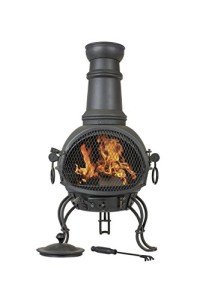
Murcia Medium Steel Chiminea
La Hacienda
Product Review Score
4.74 out of 5 stars
129 reviews$109.33
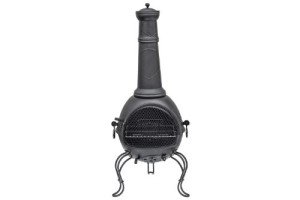

Yellow & Brown Clay Fireplace
La Hacienda
Product Review Score
4.23 out of 5 stars
198 reviews$103.57
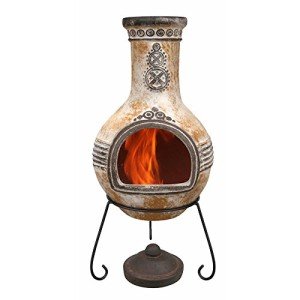



Relaxdays Outdoor Cast-Iron Chimenea
Relaxdays
Product Review Score
4.5 out of 5 stars
188 reviews$119.59
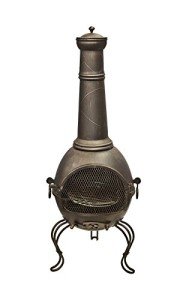
Murcia Extra-Large Steel Fireplace
La Hacienda
Product Review Score
4.98 out of 5 stars
175 reviews$256.79
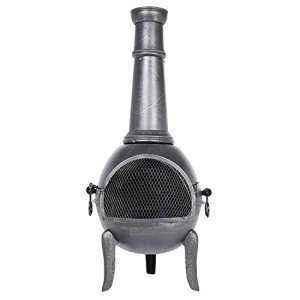
Monterrey Outdoor Log Burner
La Hacienda
Product Review Score
4.48 out of 5 stars
186 reviews$327.46
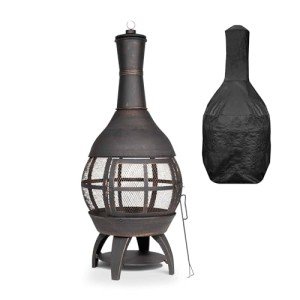
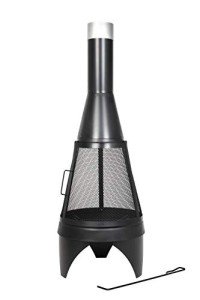
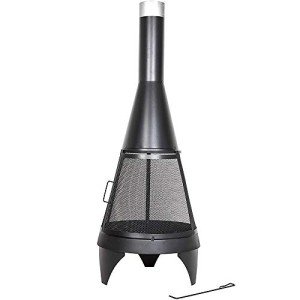
Extra Large Black Steel Chimenea
La Hacienda
Product Review Score
4.33 out of 5 stars
165 reviews$340.56
As the sun sets and the chill of evening air sets in, the allure of outdoor gatherings becomes even more enticing. One of the most captivating and functional solutions for warmth and ambiance in outdoor spaces is the chiminea. While they have been used for centuries, chimineas are undergoing a resurgence in popularity as people seek to enhance their outdoor living experiences. This blog post will provide an informative overview of chimineas, covering their history, types, benefits, maintenance, and installation tips.
What is a Chiminea?
A chiminea is a freestanding fireplace, often made of clay, metal, or cast iron. Originally developed in Mexico, these outdoor heaters feature a rounded body with a chimney that directs smoke upward and away from seating areas, making them a safer option for gathering around a fire. Chimineas are celebrated not only for their functionality but also for their aesthetic appeal, often serving as captivating focal points in gardens and backyards.
History of Chimineas
Historically, chimineas originated in Mexico, where they were traditionally used for cooking as well as heating. The word "chimenea" derives from the Spanish term for chimney. As these fireplaces gained popularity in the 18th and 19th centuries, various cultures adapted their design and materials, leading to the diverse offerings available today.
| Historical Timeframe | Description |
|---|---|
| Pre-Colonial | Chimineas used primarily for cooking in indigenous communities. |
| Colonial Era | European settlers adopted and modified the design for outdoor living. |
| 19th Century Revival | Chimineas became a popular garden feature in Europe and America. |
| 20th Century Boom | Mass production and diverse styles surged in popularity. |
Types of Chimineas
Chimineas come in a variety of materials and styles, allowing homeowners to choose one that suits both their functional needs and aesthetic preferences.
1. Clay Chimineas
- Pros:
- Natural heat retention.
- Classic, rustic appearance.
- Lightweight and portable.
- Cons:
- Prone to cracking if not maintained properly.
- Requires careful handling.
2. Metal Chimineas
- Pros:
- Durable and resistant to the elements.
- Often feature modern designs.
- Typically available at lower price points.
- Cons:
- Can become extremely hot to the touch.
- May rust if not properly maintained.
3. Cast Iron Chimineas
- Pros:
- Exceptional heat retention and distribution.
- Sturdy and long-lasting.
- Often come with intricate designs.
- Cons:
- Heavy and less portable.
- Higher price point.
| Chiminea Type | Heat Retention | Aesthetics | Portability | Maintenance |
|---|---|---|---|---|
| Clay Chimineas | High | Rustic/Traditional | High | Moderate |
| Metal Chimineas | Moderate | Contemporary | High | Low |
| Cast Iron | High | Ornate | Low | Moderate to High |
Benefits of Using a Chiminea
Chimineas offer several advantages for outdoor enthusiasts looking to create a warm and inviting atmosphere.
1. Ambiance
The flickering flames of a chiminea create a cozy, inviting environment for gatherings, storytelling, or relaxation.
2. Heat
Chimineas provide effective heat, extending the use of outdoor spaces into cooler evenings.
3. Versatility
They can be used for various purposes, including cooking, warming, and even as a decorative element.
4. Smoke Control
The unique design of chimineas efficiently channels smoke upwards, reducing exposure for those seated nearby.
5. Variety of Designs
Consumers can select from a wide range of styles and materials that fit with personal preferences and backyard aesthetics.
Maintenance and Safety Tips
To ensure your chiminea remains in excellent condition, consider the following maintenance and safety tips:
Regular Maintenance:
- Cleaning: Periodically remove ash and debris, especially after use.
- Weather Protection: Use a chiminea cover to protect it from rain and snow.
- Inspections: Check for any cracks or damage, particularly in clay models.
Safety Considerations:
- Placement: Position the chiminea at least three feet away from flammable materials or structures.
- Supervision: Never leave a chiminea unattended while in use.
- Fire Safety: Keep a fire extinguisher or bucket of water nearby just in case.
Installation Tips
Setting up a chiminea requires minimal preparation, yet adhering to these best practices will enhance safety and longevity:
-
Choose a Suitable Location: Ensure the area is level, away from flammable materials, and ideally on non-flammable surfaces like stone or brick.
-
Prepare Your Base: Consider placing your chiminea on a concrete or stone pad to protect surfaces and ensure stability.
-
Follow Manufacturer Instructions: Always adhere to the specific guidelines provided by the manufacturer regarding assembly and usage.
-
Avoid Overloading: Do not overload the chiminea with wood; follow recommendations for fuel types and quantity.
FAQs About Chimineas
1. Can I use a chiminea for cooking?
Yes, many chimineas can be used for cooking if they are designed for it. Ensure to check with the manufacturer for capabilities.
2. What type of wood is best for a chiminea?
Hardwoods like oak, hickory, or maple are recommended for their longevity and heat output. Avoid burning softwoods or treated wood.
3. Can chimineas be used in windy conditions?
While chimineas are designed to direct smoke upwards, strong winds can still pose a risk. It’s best to avoid using them during high winds.
4. How long do clay chimineas last?
With proper care and maintenance, a clay chiminea can last several years, but they are also more prone to cracking than metal varieties.
5. Is it safe to use a chiminea on a wooden deck?
No, it is not recommended to place a chiminea directly on a wooden deck due to the risk of heat and potential fire hazards. Use protective pads to shield the decking.
Chimineas are a perfect blend of aesthetics and functionality, offering warmth and ambiance to outdoor spaces. By understanding their history, types, benefits, maintenance, and installation tips, homeowners can enhance their outdoor living experiences for years to come. Whether gathering with family, entertaining guests, or enjoying a peaceful evening, a chiminea adds spice to any outdoor setting.

